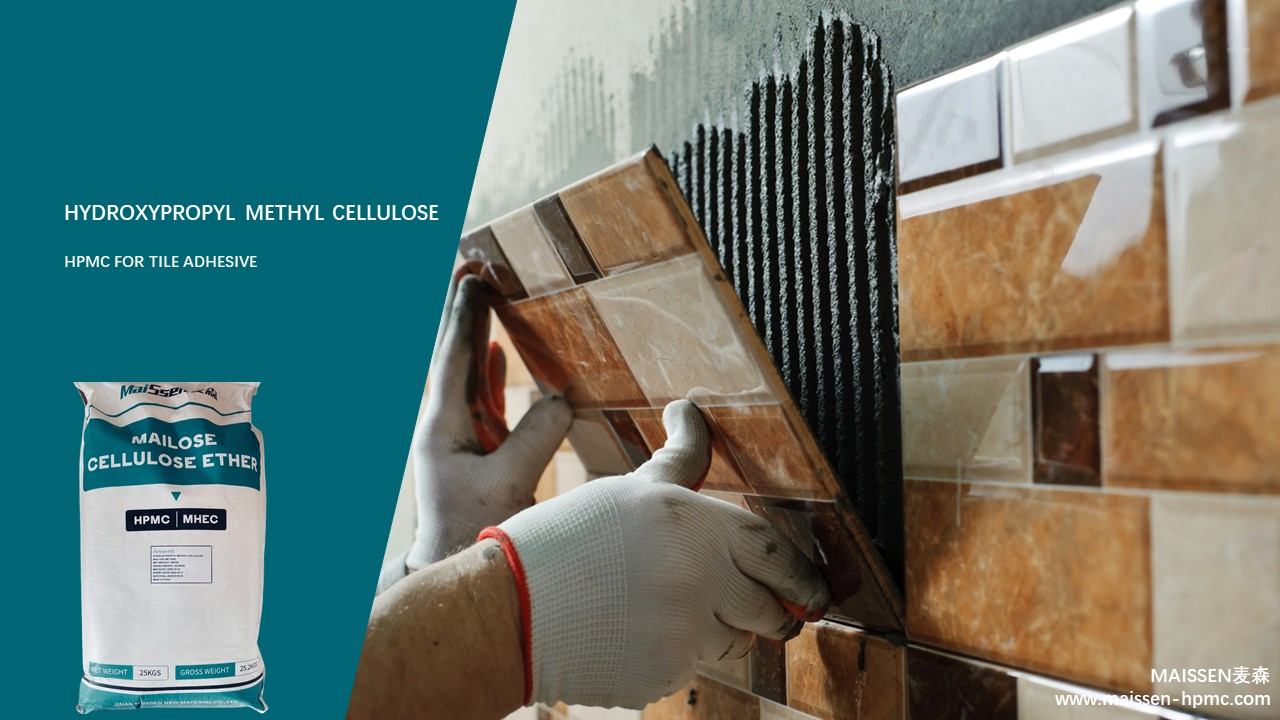Aug. 16, 2023
Construction & Real Estate
Tile adhesive, a fundamental component of modern construction, plays a pivotal role in ensuring the durability and aesthetics of tile installations. One of the key ingredients that significantly enhances the performance of tile adhesive is Hydroxypropyl Methylcellulose (HPMC). This hydrocolloid compound, derived from cellulose, offers a plethora of benefits that contribute to the overall quality and longevity of tile installations. This article delves into the crucial importance of adding HPMC to tile adhesive and how it revolutionizes the world of construction.

HPMC serves as an exceptional thickener and rheology modifier in tile adhesive formulations. Its addition imparts improved workability and spreadability to the adhesive mixture. The adjusted viscosity ensures that installers can effortlessly apply the adhesive evenly onto surfaces, facilitating accurate tile positioning and alignment during installation. This enhanced workability translates into a smoother and more efficient installation process, ultimately saving time and labor costs.
Water retention is a pivotal aspect of tile adhesive performance. HPMC excels as a water retention agent, regulating the rate at which water evaporates from the adhesive mixture. This controlled hydration process is paramount for the thorough hydration of cementitious components, leading to robust bond development between the tile and the substrate. The prolonged hydration afforded by HPMC prevents premature drying, thereby minimizing the risk of cracking and ensuring a stronger, longer-lasting bond.
HPMC's impact on adhesion and cohesion cannot be overstated. It enhances the adhesive's ability to adhere seamlessly to both the tile and the substrate. By promoting a steadfast and continuous bond, HPMC elevates the adhesive's performance to new heights. Additionally, the incorporation of HPMC mitigates the potential for shrinkage and cracking during the drying and curing phases, reinforcing the adhesive's adhesion and cohesion properties.
For vertical tile installations, sag resistance is of paramount importance. HPMC's unique properties contribute to preventing tiles from slipping or sliding out of place before the adhesive sets. This attribute ensures that tiles remain securely affixed to vertical surfaces until the adhesive achieves full curing, a critical factor in achieving impeccable and long-lasting tile installations.
The versatility of Hydroxypropyl Methylcellulose (HPMC) extends to its compatibility with a diverse range of additives and raw materials. This characteristic empowers manufacturers to fine-tune tile adhesive formulations to meet specific performance requirements. Whether it's adjusting setting time, open time, or final bond strength, HPMC's compatibility opens doors to tailor-made adhesive solutions that cater to unique construction demands.
In the realm of modern construction, the inclusion of Hydroxypropyl Methylcellulose HPMC in tile adhesive formulations stands as a testament to innovation and excellence. The multifaceted benefits of HPMC, including enhanced workability, prolonged hydration, superior adhesion, sag resistance, and compatibility, converge to elevate the quality and reliability of tile installations. As construction practices evolve, HPMC continues to play an indispensable role in shaping the future of tile adhesive technology, ensuring that every tile installation is not only aesthetically pleasing but also built to withstand the test of time.
If you are interested in sending in a Guest Blogger Submission,welcome to write for us!
All Comments ( 0 )